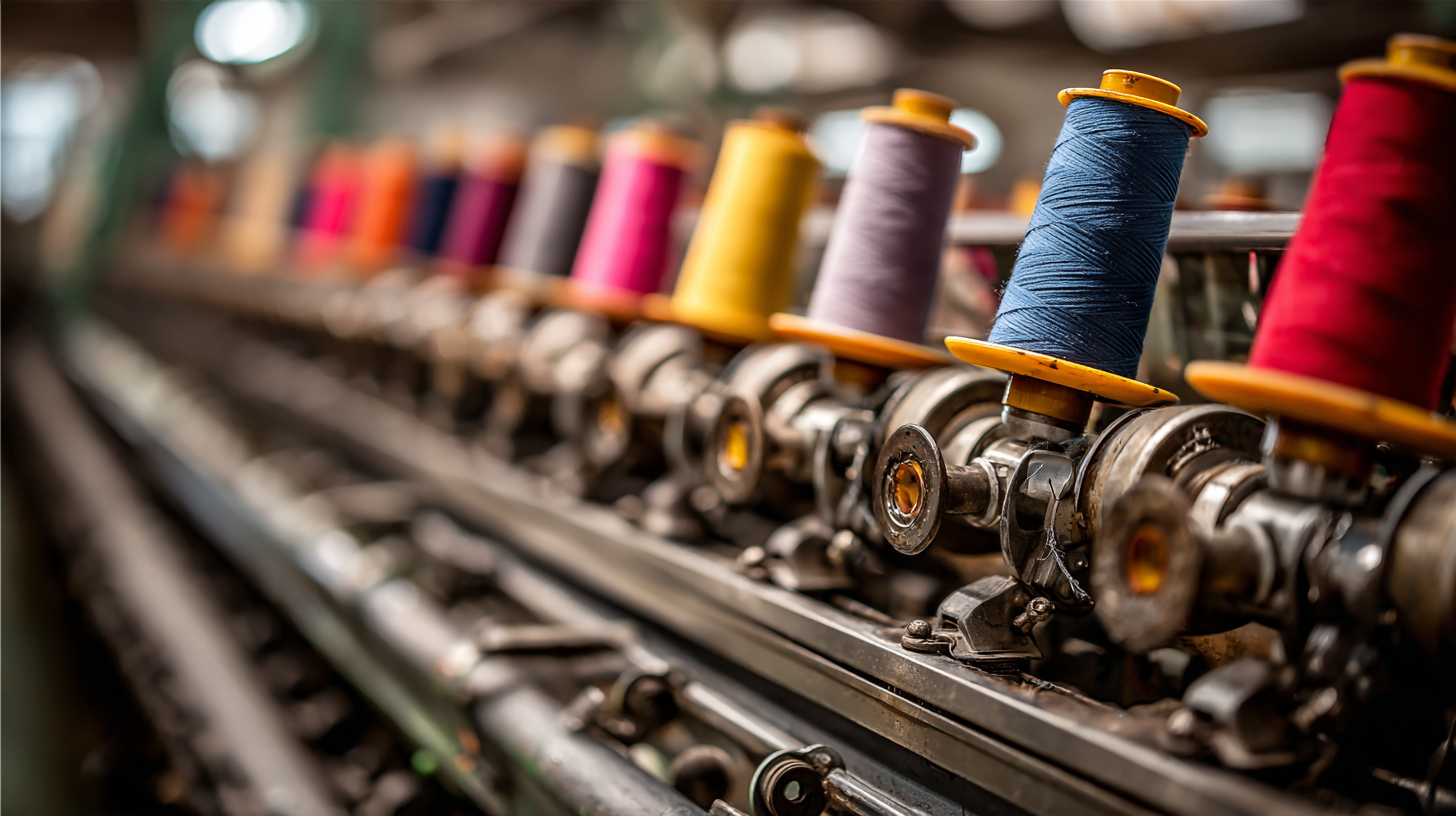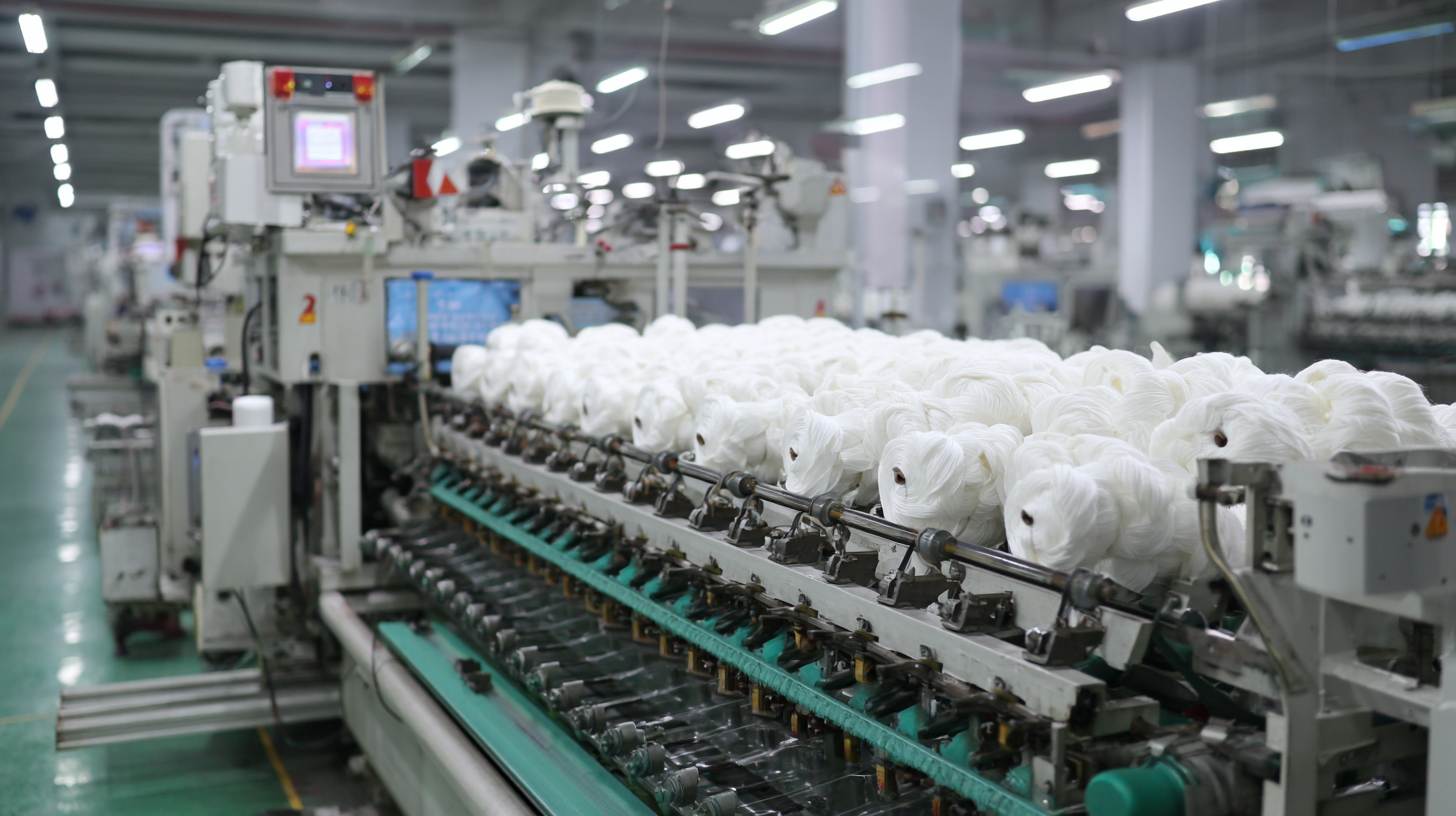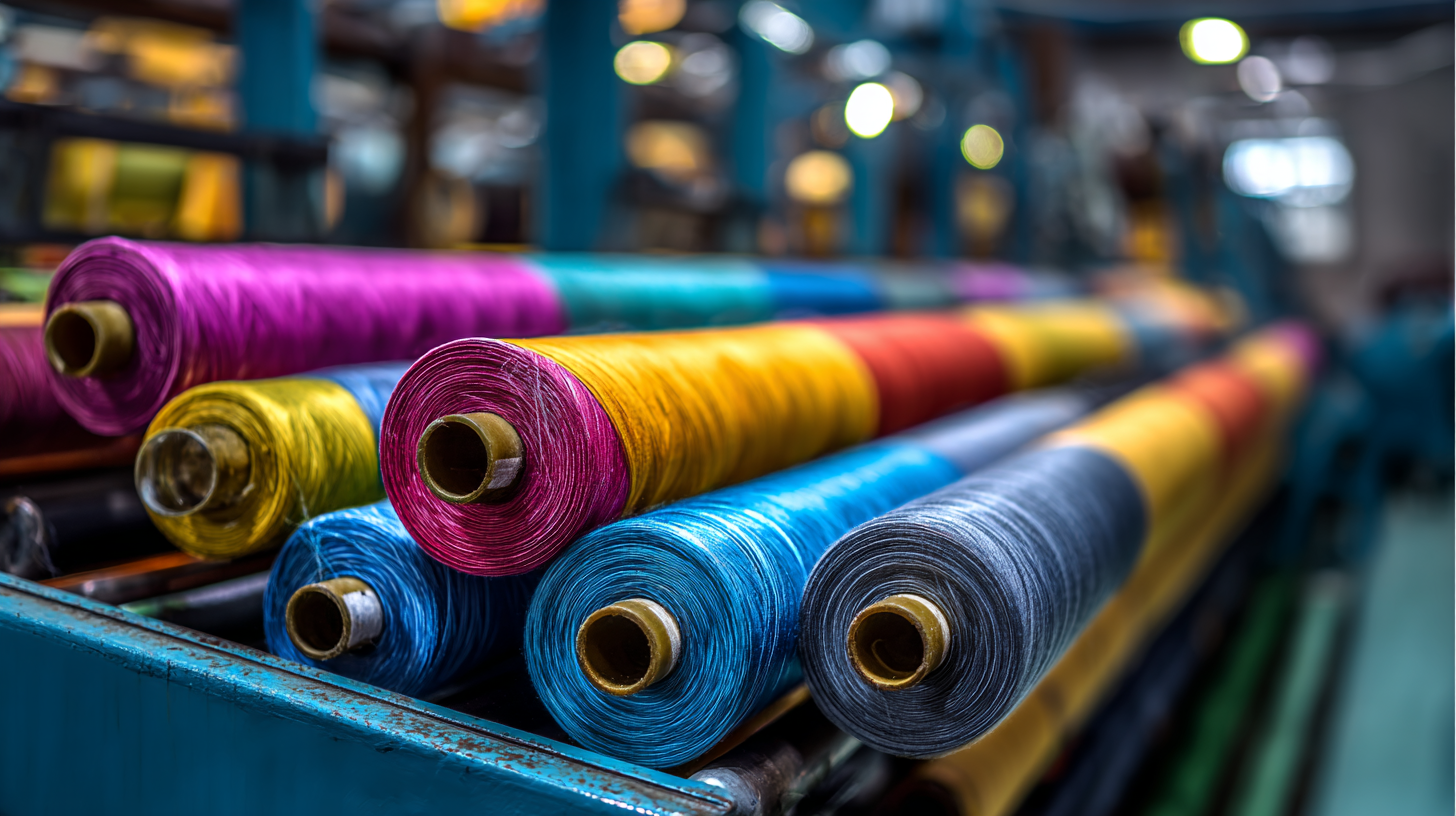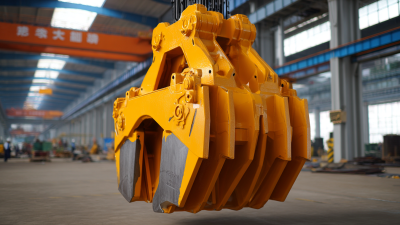As the global textile industry continues to evolve, the significance of high-performance components such as the Textile Machine Roller Sleeve cannot be overstated. The 2025 China Import and Export Fair, known as the 138th Canton Fair, represents a pivotal opportunity for manufacturers and suppliers to showcase innovations that enhance operational efficiency and product quality in textile production. Recent market analysis indicates that the textile machinery market is projected to grow at a CAGR of 5.6% from 2021 to 2026, driven by the increasing demand for advanced manufacturing technologies. The Textile Machine Roller Sleeve, crucial for reducing friction and wear in rolling applications, is expected to play a vital role in this growth. With China's textile export volume reaching approximately $120 billion in 2022, the forthcoming fair will highlight potential partnerships and technological advancements in the sector, making it an essential event for stakeholders interested in the continuing evolution of textile machinery components.

The textile industry is on the brink of significant growth, particularly evident as we approach the 2025 China Import and Export Fair. According to a recent report by Statista, the global textile market is projected to reach over $1 trillion by 2025, with Asia-Pacific emerging as a crucial player in this expansion. The Chinese textile sector is anticipated to account for nearly 30% of this market, driven by increased demand for sustainable and innovative textile machinery.
At the 2025 Fair, industry experts expect to see a showcase of cutting-edge technologies and new materials that will propel the textile machine sector forward. A report from Research and Markets highlights that advancements in manufacturing processes, such as automation and smart textiles, are predicted to boost productivity by 25% over the next five years. This evolution not only enhances efficiency but also aligns with growing environmental regulations, emphasizing eco-friendly practices in textile production.
With the increasing focus on digitalization, the use of IoT and AI in textile manufacturing is set to redefine operational paradigms. According to McKinsey, companies adopting these technologies can expect a reduction in production costs by up to 15%. The 2025 China Import and Export Fair will undoubtedly serve as a pivotal platform for networking and innovation, showcasing the vibrant opportunities that lie ahead for stakeholders in the textile industry.
The market for textile machine roller sleeves is seeing significant transformations driven by trends in sustainability and technological innovation. According to a recent report by Mordor Intelligence, the global textile machinery market is projected to grow at a CAGR of 5.2% from 2021 to 2026, which directly impacts the demand for roller sleeves. As manufacturers increasingly focus on reducing waste and improving efficiency, there is a rising need for high-quality, durable roller sleeves that can withstand the rigors of modern textile production.
In addition, advancements in materials science are paving the way for innovations in roller sleeve designs. The use of synthetic materials that offer better wear resistance and moisture control is gaining traction. Research by Technavio indicates that the growing adoption of automated production processes is also influencing the development of roller sleeves, emphasizing the need for products that can seamlessly integrate into advanced textile machinery. These trends not only enhance operational efficiency but also contribute to the overall sustainability of the textile industry, positioning roller sleeves as a pivotal component in the evolution of textile production.
| Dimension | Data |
|---|---|
| Market Size (2023) | $500 million |
| Expected Growth Rate (2024-2025) | 8% |
| Key Markets | Asia-Pacific, Europe, North America |
| Innovation Trends | Eco-friendly materials, Automation technology |
| Main Challenges | Supply chain disruptions, Regulatory compliance |
| Consumer Preferences | Sustainability, Customization |
| Competitive Landscape | Emerging players vs Established companies |
The textile machinery sector in China is poised for significant growth, making it an attractive arena for foreign investment. According to a report by MarketsandMarkets, the global textile machinery market is expected to reach USD 25 billion by 2025, with a notable surge driven by technological advancements and increased demand for automated solutions. Specifically, China is projected to account for a substantial share of this growth, reflecting its pivotal role in global textile production. The anticipated participation of investors at the 2025 China Import and Export Fair will provide invaluable insights into the sectors ripe for investment, particularly in areas like roller sleeves, which are integral to the efficiency of textile manufacturing processes.
Tips: When considering investment in China's textile machinery sector, focus on innovative technologies and sustainability practices. Companies implementing eco-friendly production methods and smart manufacturing solutions are anticipated to attract substantial interest. Furthermore, networking at industry events such as the China Import and Export Fair is crucial for establishing connections with local manufacturers and understanding market dynamics firsthand.
As competition intensifies globally, the need for advanced textile machinery becomes paramount. Reports indicate that the demand for high-quality, durable components such as roller sleeves is increasing, driven by consumer preferences for high-performance textiles. This creates a strategic opportunity for foreign investors to collaborate with Chinese manufacturers to enhance product offerings and address evolving market needs. Forming joint ventures or partnerships can effectively leverage local expertise and technological advancements to establish a competitive edge in this thriving sector.
As the textile industry increasingly prioritizes sustainability, the production of roller sleeves for textile machines is also evolving. Sustainable initiatives are transforming manufacturing processes, leading to more eco-friendly materials and methods. For example, many companies are now utilizing recycled fabrics and sustainable fibers, reducing waste and minimizing the environmental footprint associated with production. These advancements not only align with global sustainability goals but also appeal to a growing demographic of environmentally-conscious consumers.

Moreover, the shift towards sustainable practices in textile manufacturing is fostering innovation in roller sleeve production. Manufacturers are investing in research and development to create durable and efficient sleeves that require less energy in production and operation. The implementation of cleaner production techniques, such as waterless dyeing and renewable energy sources, further enhances the ecological benefits. The 2025 China Import and Export Fair will likely showcase these sustainable practices and products, presenting an opportunity for industry stakeholders to network, share insights, and explore the latest sustainable technologies in roller sleeve manufacturing.
As the global textile industry continues to evolve, insights from international buyers regarding the demand for textile machine roller sleeves are becoming increasingly critical. According to a report by Mordor Intelligence, the textile machinery market is projected to reach USD 22.1 billion by 2025, growing at a CAGR of 5.3% from 2020. This growth is driven by technological advancements and an escalating need for efficient production processes, making roller sleeves an essential component in minimizing downtime and enhancing quality.

Feedback from these buyers highlights a significant pivot towards customization and durability in roller sleeve materials. A study from Technavio suggests that 45% of buyers are prioritizing sleeves that offer extended lifespans and reduced friction, aligning with sustainability efforts and cost-saving measures. As manufacturers gear up for the upcoming 2025 China Import and Export Fair, they must focus on developing innovative roller sleeves that can meet these evolving demands, ensuring they are well-positioned to attract international interest.






